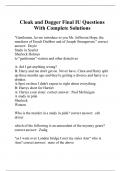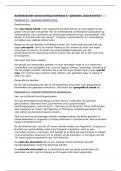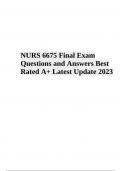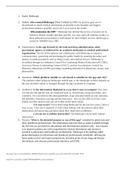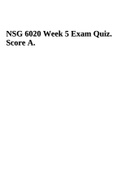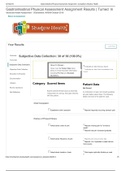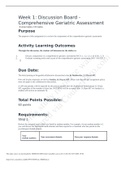Samenvatting
Summary Cognitive Behavior Interventions - Clinical Psychology Master
- Vak
- Instelling
Week 1: EXPOSURE AND BEHAVIORAL ACTIVATION Chapter 1 (Wright et al): Basic Principles of CBT Chapter 1 (O’Donohue & Fisher): Core Principles of CBT Chapter 4 (O’Donohue & Fisher): Exposure Therapy Chapter 2 (O’Donohue & Fisher): Understanding the contingencies of reinforcement Chapter 9...
[Meer zien]





